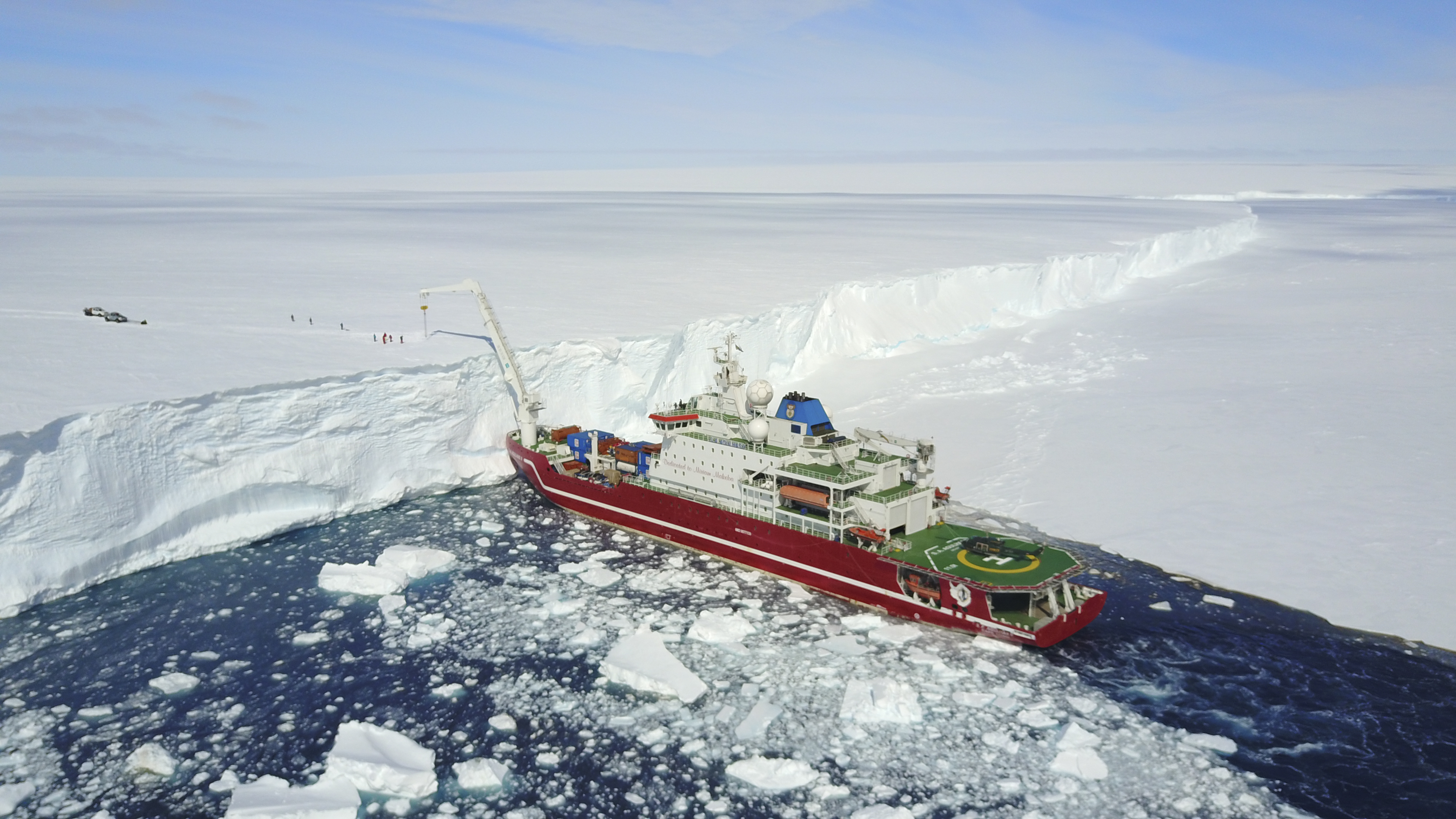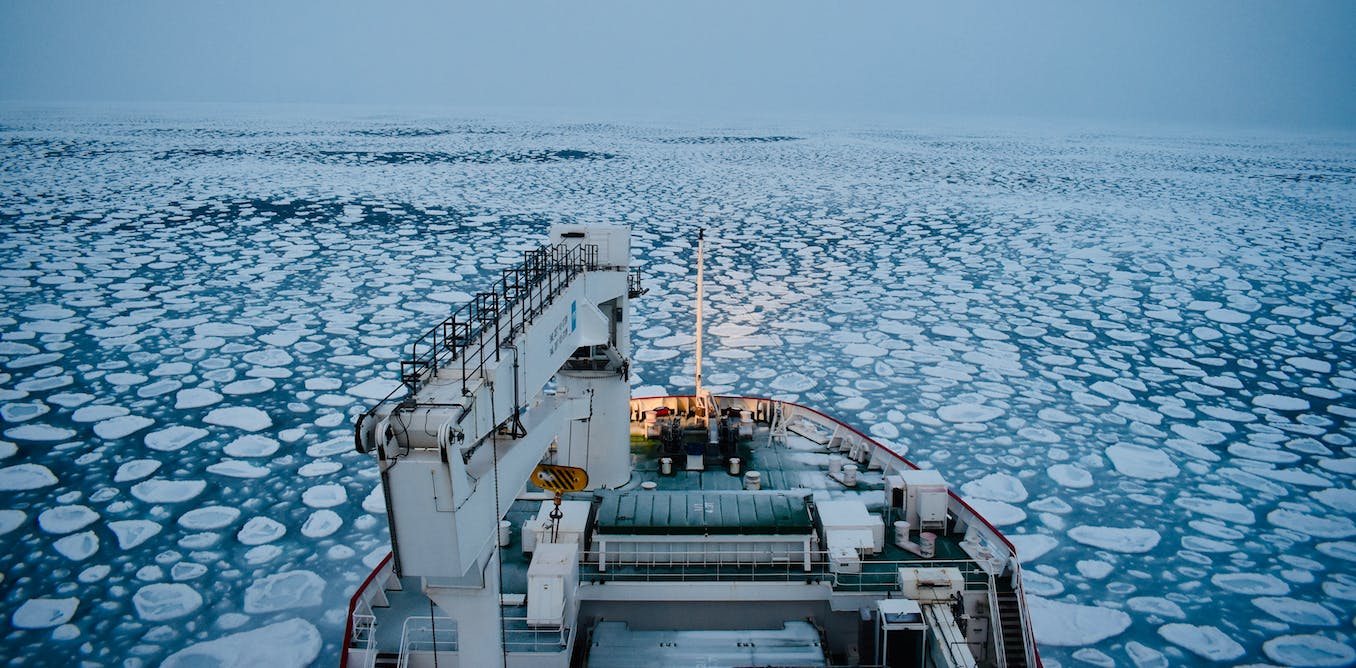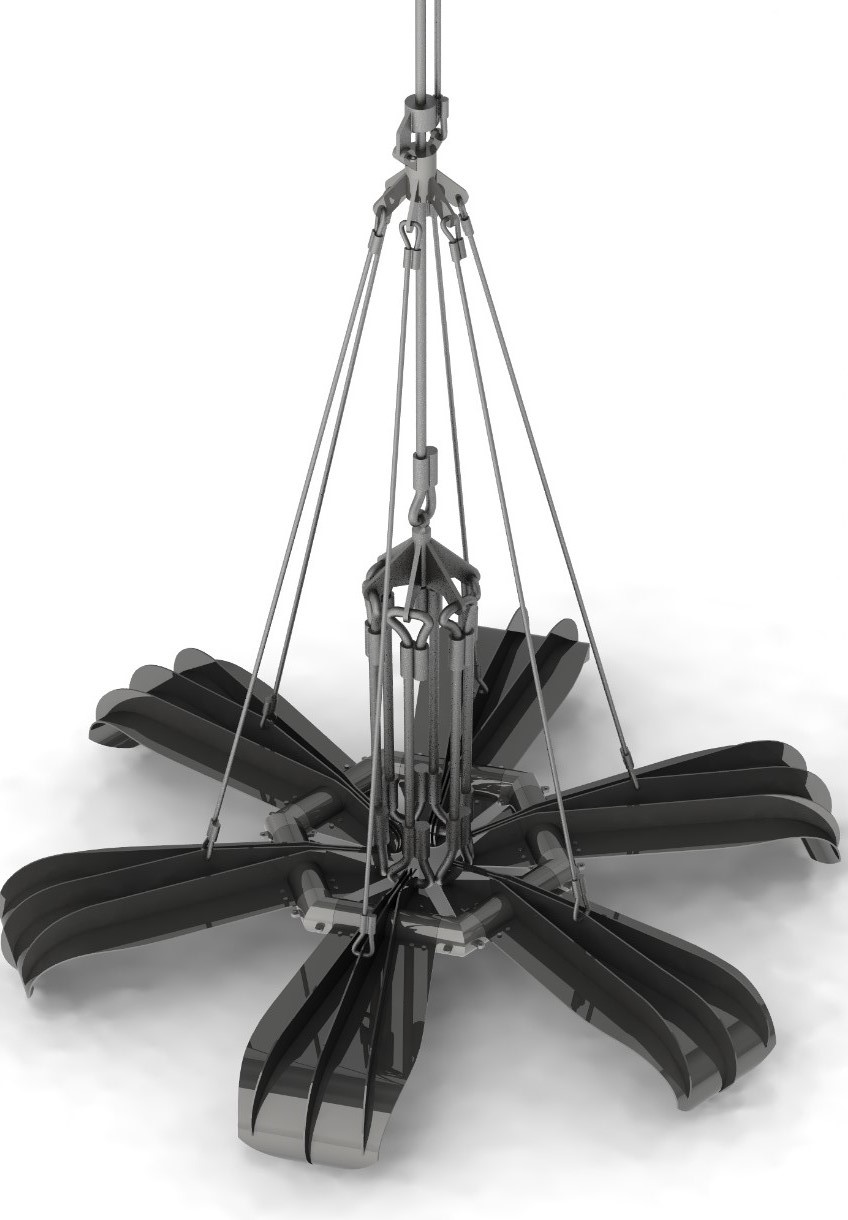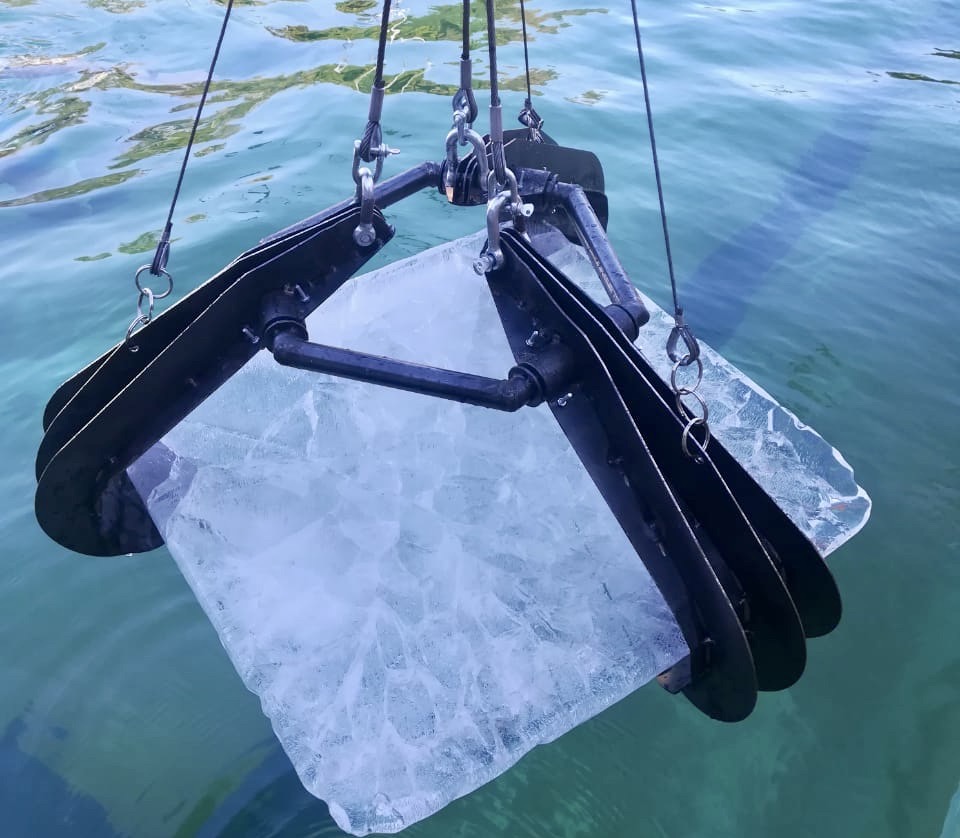S.A Agulhas II Ice Claw
For this project a group of 4 of us won a proposal at the end of 2018 from the Polar Arctic Research Group to design a better system for picking up large ice floes onto the S.A Agulhas II for core sample drilling. The S.A Agulhas II is a research vessel and polar supply ship which takes researches, equipment and supplies down to Marion Island and the Antarctic Ice Shelf bases. It is famously known for being the mother ship for the Endurance22 Expedition when Sir Ernest Shackleton’s ship, Endurance was found.

Ice floes are large pancake shaped pieces of ice which break off and drift around in the marginal ice zone. Core samples from these pieces of ice provide invaluable data on microbial life, carbon levels, sea temperature and ocean currents which are collected and stored in the layers as they drift around.

Currently the research group would use a net and suspended ‘wranglers’ to catch an ice floe as it drifted past, however, only the smallest floes could be collected due to the breaking strength of the net and difficulty in enveloping the ice in the net.
For the proposal we designed a novel claw mechanism which used the weight of the ice to grip down harder for heavier pieces of ice. The design was simple and cost effective because it did not require any hydraulic actuation and could be attached directly to the existing cranes on the ship.

We also prototyped the claw in the UCT swimming pool with scale ice floes frozen in the walk-in HW Pearson building freezers.

Enjoy Reading This Article?
Here are some more articles you might like to read next: